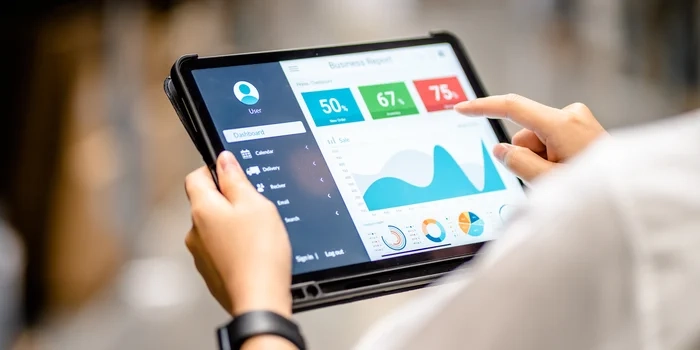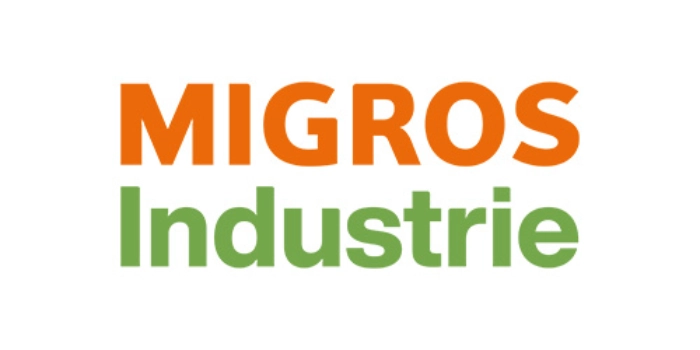
Digital sovereignty
Digital sovereignty is a fundamental component of the sustainability strategy and business transformation. Sovereignty is the ability to decide freely at any time. Here's how it works in four steps.
Be able to utilise opportunities
The increasing digitalisation of the economy and politics, society and culture is forcing companies to fundamentally rethink and continuously adapt their business models and structures. The enormous speed of these changes, as well as the shortage of skilled labour, particularly in the IT sector, are triggering a high demand for ready-made software and hardware solutions. The advantages of such solutions are obvious: they are quickly available, do not require dedicated programming during implementation and are therefore initially cheaper and quicker to deploy. At the same time, however, ready-made solutions are self-contained, without interfaces or export options and therefore also incompatible for data transfers. As a result, customers are highly dependent on the functionality and availability of these solutions.
Such a dependency can work well for certain applications and business models. However, it is essential to deal with your own digital sovereignty. It not only requires transparency, but also a clear categorisation of strategies when deciding for or against software and hardware solutions in order to ensure a successful and sustainable business transformation in the long term. Digital sovereignty is also a question of sustainability. After all, what is sustainable is what lasts and is of long-term value. The same applies to digital solutions: If providers suddenly switch off their platforms, this is simply not sustainable for customers - and could possibly lead to economic collapse.
But how can digital sovereignty be achieved? And: isn't it too late to think about this during ongoing operations? No, it's definitely not. Ideally, digital sovereignty can be achieved in four steps - at any time. The first step is to think through the situation and the goal from a technical perspective and then break it down into smaller problems. Standards must then be used or, if necessary, created and open-source solutions utilised. The goal: to solve your own needs, but to be able to act together.
Your contact

Weitere Links
‘Sovereignty is being able to consciously weigh up the minimum and maximum values and thus take targeted risks or seize opportunities.’
- Mark Lubkowitz, Lead IT Consultant msg
01
Think technically
problem-focussed
instead of solution-based
Sovereignty requires the use of free and open solutions. This makes it possible to replace solution modules at will, further develop existing ones and benefit from further developments by others.
Expertise must be the deciding factor, not the available technology. Sovereignty therefore requires first working out the functional problem and the requirements and ignoring the available or obvious technical options. After all, technology can only play a role once it has been clarified what is really needed.
This can be achieved using methods such as domain-driven design, event storming or domain storytelling. They provide an impression and describe in detail which actors interact with each other and with systems, when and how. These actions and reactions form the basis for developing a technical solution.
02
Solve in isolation
Building blocks
instead of packages
Sovereignty requires breaking down large problems into several smaller ones and solving them in isolation. This ensures that the best solution modules can always be used.
A single large problem is more difficult to solve. Sovereignty therefore means splitting large technical problems into several small technical problems. Ideally, these are independent of each other and can therefore be worked on independently. If the functional or even technical requirements of an individual problem change, these requirements can in turn be considered and compensated for separately.
In application development, frameworks and libraries, components and modules, programming interfaces and web services are well known and established for this purpose. They themselves focus on individual sub-problems and offer suitable, powerful solutions. For example, word processing programmes can often be used as email editors in the form of partial solutions.
03
Using standards
Established standards
instead of individual approaches
Sovereignty requires that established standards are always used. This ensures that data remains durable and transferable because the corresponding interfaces are standardised, known and compatible.
Proprietary creates dependency. Sovereignty therefore requires the use of established standards instead of pursuing individual approaches. This ensures that data remains durable and transferable because the corresponding interfaces are standardised, known and compatible. Even for decades to come.
At national and international level, numerous organisations are involved in standardisation and norms, and publish, document and maintain them. Corresponding templates exist for almost all situations. If there is no standard, the first step is to develop your own. This can then be submitted, reviewed and called upon to form a new standard.
04
Use open source
Open Source
instead of closed source
Sovereignty requires the use of free and open solutions. This makes it possible to replace solution modules at will, further develop existing ones and benefit from further developments by others.
The use of open source is not better per se, but the benefits are always there. The decisive factor is that the source code of open source software is available and can therefore be modified. This means that individual solution modules can be replaced, customised or further developed as required. In this way, open source not only promotes collaborative work, but also means behaving confidently towards others.
The licence conditions of open source software usually stipulate that third parties must also make their changes available. This automatically increases the functional scope and quality of the solutions. Security problems are recognised and solved earlier with actively developed open source solutions than with proprietary software, for example.
msg Open Source
Central building block of digital sustainability











